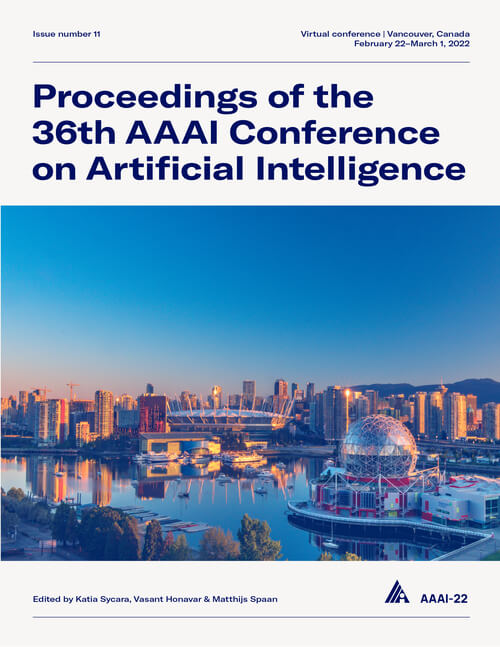KAM Theory Meets Statistical Learning Theory: Hamiltonian Neural Networks with Non-zero Training Loss
DOI:
https://doi.org/10.1609/aaai.v36i6.20582Keywords:
Machine Learning (ML)Abstract
Many physical phenomena are described by Hamiltonian mechanics using an energy function (Hamiltonian). Recently, the Hamiltonian neural network, which approximates the Hamiltonian by a neural network, and its extensions have attracted much attention. This is a very powerful method, but theoretical studies are limited. In this study, by combining the statistical learning theory and KAM theory, we provide a theoretical analysis of the behavior of Hamiltonian neural networks when the learning error is not completely zero. A Hamiltonian neural network with non-zero errors can be considered as a perturbation from the true dynamics, and the perturbation theory of the Hamilton equation is widely known as KAM theory. To apply KAM theory, we provide a generalization error bound for Hamiltonian neural networks by deriving an estimate of the covering number of the gradient of the multi-layer perceptron, which is the key ingredient of the model. This error bound gives a sup-norm bound on the Hamiltonian that is required in the application of KAM theory.Downloads
Published
2022-06-28
How to Cite
Chen, Y., Matsubara, T., & Yaguchi, T. (2022). KAM Theory Meets Statistical Learning Theory: Hamiltonian Neural Networks with Non-zero Training Loss. Proceedings of the AAAI Conference on Artificial Intelligence, 36(6), 6322-6332. https://doi.org/10.1609/aaai.v36i6.20582
Issue
Section
AAAI Technical Track on Machine Learning I

